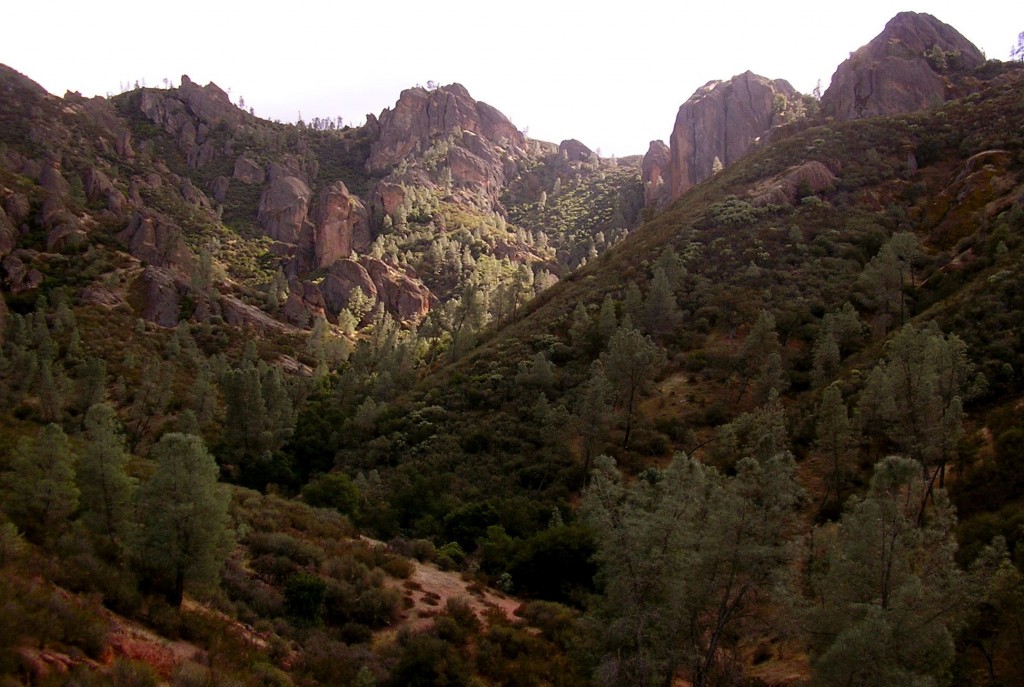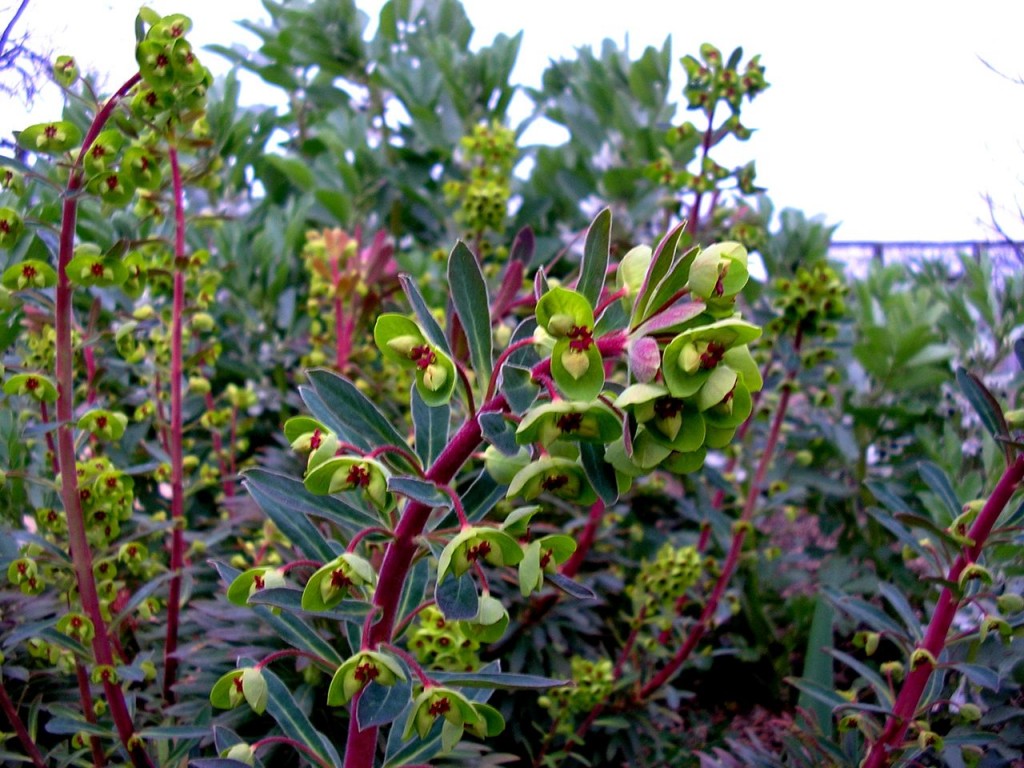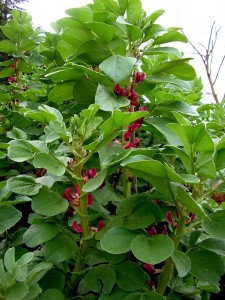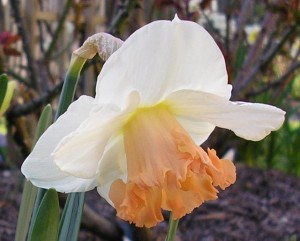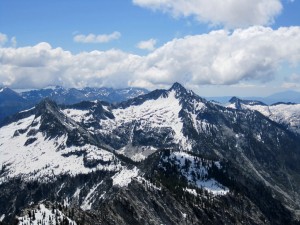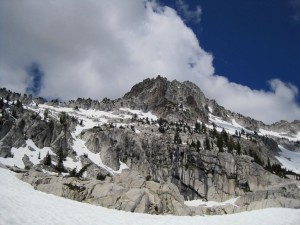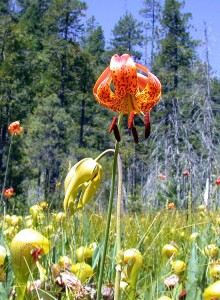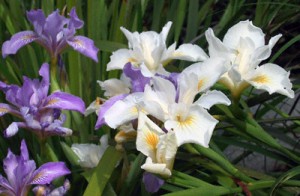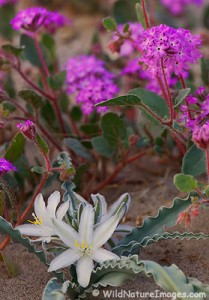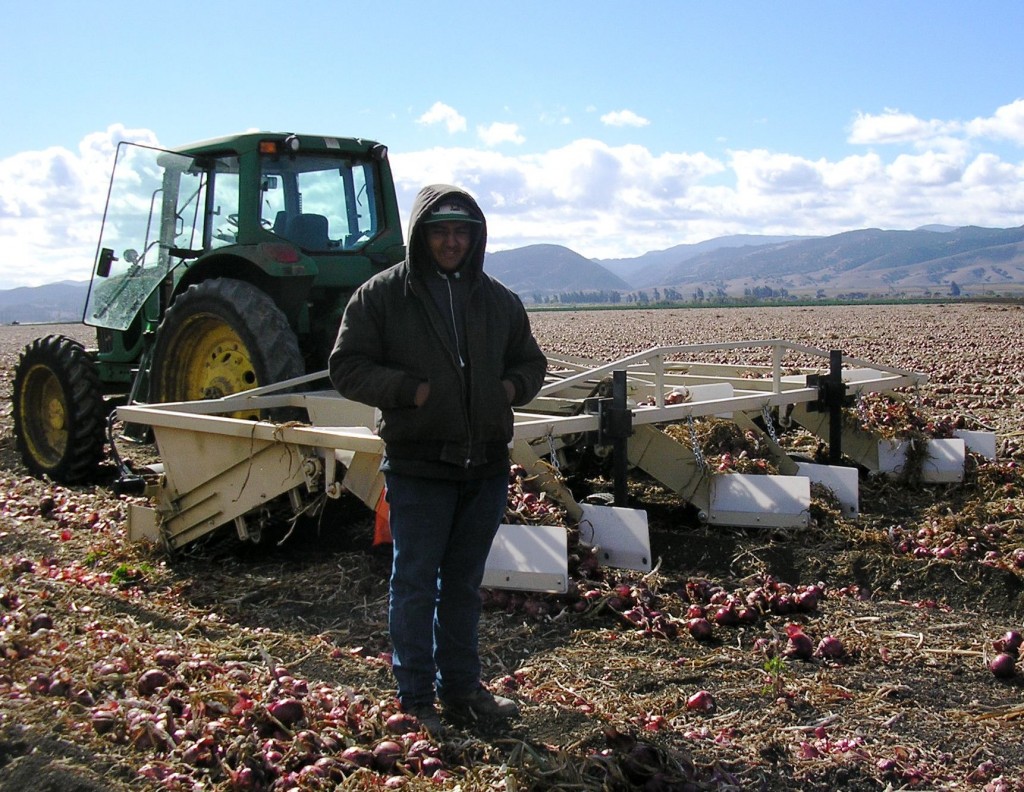
Armando next to a onion digging tractor implement. This machine digs the onions up and deposits them on top of the soil. They are allowed to dry and then another machine comes along to pick them up and conveyor them into a truck. They are then trucked to a facility that packs them.
Still making my way back from Arizona, I decided to make a side trip to Pinnacles National Monument. On my way there I stopped to photograph some of the lush fields of vegetables in the Salinas Valley. In a massive field of onions I met Armando, who told me about how he farms.

Unlike the onions, this cauliflower is cleaned and boxed right in the field. The efficiency of this mobile packing operation is impressive.
The Salinas valley is intensively farmed, and produces a massive amount of food, but this level of industrial production requires an obscene amount of fossil fuel inputs in the form of pesticides and fertilizer. This method of farming also depletes the soil, and causes erosion, so that more and more inputs are required for the same yield. I believe it is time for us, as a society, to re-evaluate agricultural inputs. We have so much to learn from nature. At Seed School, renown permaculture pioneer and former Harvard geneticist Toby Hemenway gave a lecture on this topic. Read his lectures here.
When I arrived at the Pinnacles I was struck by a lush chaparral plant community, thriving in steep rocky soil, nearly devoid of nutrients. The landscape is dominated by chamise, buckwheat, ceanothus and digger pine. Chamise, a heather-like plant, actually relies on fire to propagate itself. These same chaparral plants also thrive in Sonoma County; from the slopes of St Helena to Gunsight Rock.
For further reading about the Salinas Valley, check out East of Eden by John Steinbeck. Considered by Steinbeck to be his best work, East of Eden captures the beauty and the sadness of the Salinas Valley in an epic story about farming, family, and morality.
